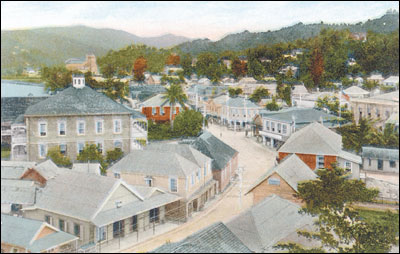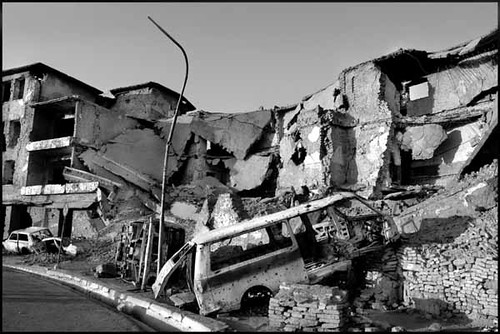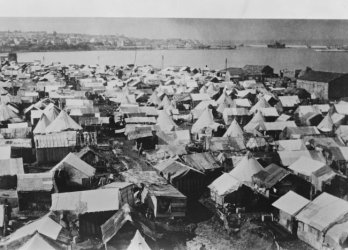Travels
Benjamin Zabinsky

Benjamin Zabinsky

Today is March 24th 506 A.E I, Benjamin Zabinsky have set this book, to detail the History, Culture, Customs and Geography of the Americas, before I embark with my people to Jeruselem. My people, the Jews have lived here on Bermuda for 500 years. With tensions on the mainland increasing, we know it is our time to travel across the mysterious Atlantic, and go to our holy land. The many nations to the west have started to battle, and none of them like the Jews. Here I shall lay down the chapters, the first will detail the general history of the event, and the what followed it.
One
The Event
The Event
"Never has an office with so much authority invested in it, have been desecrated by its citizens in their time of most need."
Attributed to "President" Richard S. Schweiker, when he heard about the massacre in Adolphus,KY which killed 15,000 people.
The Event was not one thing that caused the fall of the previous civilization, it was many catastrophes, that contributed to each other. The first was a war, which most records of it have been sadly lost. What I have been able to find is detailed here. The war was between the nation called "America", which we currently reside in, and "Soviet Union". The main battles of the war took place in Europe, but all of America's troops were there. The struggle lasted six days, a curiously short time for a war. At the end of it weapons so horrible that the survivors only referenced them as "atomic bombs" we're used. These atom bombs destroyed a great deal of area when they are detonated, and leave behind "radiation" which makes an area unlivable for a long while. Much of Europe and "Soviet Union" were destroyed. America was heavily wounded, her armies gone and no food to feed her people. Order gradually fell apart as people escaped to the countryside, were supposedly there was more food. By four years after the Event, America had died. The cities rotted as people eeked out a living in the rural areas.

Remains of Pittsburg
Due to tens of millions of people moving into farming communities that could only feed themselves, the final two blows occurred. The first was when the farmers tried to force out the refugees, in many cases they were succsesful, others where the refugees out gunned the farmers ended in the communities being taken over. The second was the greatest tragedy of them all. Most of the refugees who had not taken over the communities perished. The final blow to america, her armies gone, her people fighting and dying in droves. The nation never had a formal end, due to the successor states that would follow throughout North America, but some would say it lives in us all. Others claim that the Washingtons are the true heirs, but that is is topic for another chapter. In total people would say by rough estimates that close to 9/10ths of Americans died, and more for the northern neighbor "Canada". Speaking of Canada, only three of their cities were bombed, but this alone collapsed their state. The Quebecois people of north eastern Canada, formed their alliance of cities and farming communities to protect their people, which exsists to this day. "Mexico" the southern neighbor of America did not take any "bombs" but collapsed in short order, as the gangs and millitary fought for control of the lucrative farmlands. This struggle did not end until the Peace of Jalasixo in 67 A.E. In short the previous civilization, fell and a new ones would take time to rise, and I will examine most of their origins.
Last edited:




